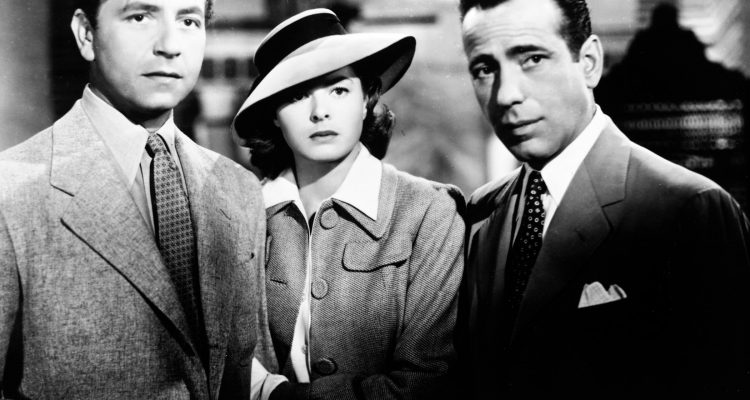With the arrival of the auteur theory, filmmakers like Michael Curtiz no longer get as much sway among the current generation of directors. Curtiz (born Kertész Kaminer Manó in Hungary in 1886), was a journeyman, a man who flourished in the studio system after being picked out by Jack Warner for his Austrian Biblical epic “Moon of Israel” in 1924. He stayed at the studio for nearly 20 years, taking on whatever he was assigned at a terrifyingly prolific rate — he made over 100 Hollywood movies up to “The Comancheros” in 1961. And some of them are terrible, as you might expect.
But Curtiz was also responsible for some of the greatest films of the era, and those who diminish his abilities (including the director himself, who once said “Who cares about character? I make it go so fast nobody notices”) are ignoring his enormous skill behind the camera, and his undeniable capacity for getting great performances out of some of the biggest stars in history. And slowly, his reputation has been restored over time — Steven Soderbergh (who, coincidentally, joins Curtiz as one of only two filmmakers to pick up two Best Director Oscar nominations in the same year; Curtiz for “Angels With Dirty Faces” and “Four Daughters,” Soderbergh for “Traffic” and “Erin Brockovich“) has praised his work, and the younger filmmaker’s “The Good German” is in many ways a tribute to his forerunner.
Curtiz died fifty years ago today, on April 10th 1962, and to commemorate the anniversary, we’ve picked out five of the director’s finest works as a starting point for those who want to dig into his wider career. There’s plenty more gems where these came from — the filmmaker was incredibly versatile, ranging from action-adventure to musicals, comedies to melodrama — but these are the five highlights of a colossal output.
 “The Adventures of Robin Hood” (1938)
“The Adventures of Robin Hood” (1938)
In 1935, Curtiz had helped popularize and legitimize the cinematic swashbuckler with “Captain Blood,” a thrilling pirate tale that picked up a Best Picture Oscar nomination, and saw Curtiz come second in the director category, despite not having been nominated (write-in votes still held some power back then…) Three years later, Curtiz returned to the big screen, along with his ‘Blood’ stars Errol Flynn (who would become a favorite of the filmmaker: this was their second of twelve collaborations) and Olivia De Haviland, having refined and perfected the formula, with “The Adventures of Robin Hood.” In fact, Flynn wasn’t the first choice: Jimmy Cagney had originally been targeted for the part, but left Warners, causing a huge delay until Flynn eventually took over. And it’s hard to imagine anyone else in the part: Flynn’s roguish charm and sheer pleasure in his adventures (a far cry from the joyless takes by Kevin Costner or Russell Crowe) has defined Robin Hood for generations to come. And his supporting cast are absolutely his match — de Havilland is sweet as Marion, and having Basil Rathbone and Claude Rains as the pair of sniveling villains is pretty much an unmatchable combination (it’s like having Gary Oldman and Alan Rickman playing a duo of evildoers today). Despite the attempts of Costner and Ridley Scott over the years, this is still the definitive cinematic take on the British outlaw who robs from the rich to give to the poor, with genuinely glorious Technicolor (the film was only the studio’s second experiment with color at the time), and action sequences as thrilling as anything that’s ever been seen on screen — principally because so much is done for real, right down to the famous scene of the arrow being split in two (albeit aided by bamboo arrows and wires). It’s perhaps too sincere and irony-free for contemporary audiences, but it remains one of best action-adventure movies in cinematic history.

